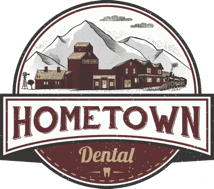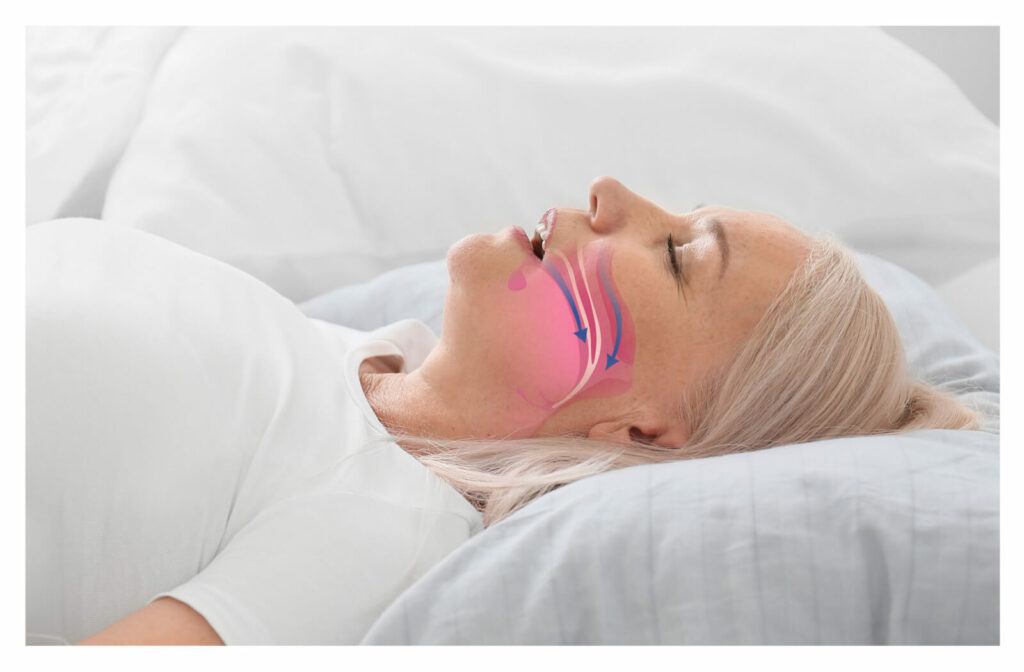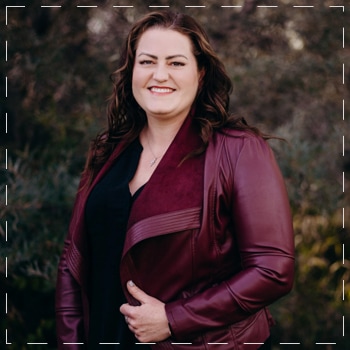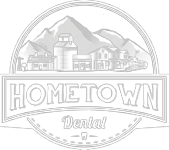Identifying Sleep Apnea
Getting a good night’s sleep is essential. But when sleep apnea affects your rest, you can experience uncomfortable, challenging symptoms. About 858,900 Canadian adults have been diagnosed with sleep apnea, and more than 1 in 4 adults have reported symptoms or risk factors associated with obstructive sleep apnea.
While most people might identify sleep apnea with loud snoring, it’s not the only sign of trouble. So what other symptoms might indicate sleep apnea? And what treatment options are available to get better sleep?
What is Sleep Apnea?
Sleep apnea is a disorder where a person repeatedly stops breathing during sleep. The breathing pauses (apneas) typically last 10–30 seconds and can happen many times.
There are 2 types of sleep apnea:
Obstructive Sleep Apnea
Obstructive sleep apnea (OSA) is the most common type. A blocked airway causes the disorder, often because soft tissue at the back of the throat collapses or closes during sleep. The blockage may occur because a person has:
- A narrow airway
- Excess fatty tissue
- A large tongue
- Large tonsils
- A narrow palate
- Retrognathia
Additionally, obesity, smoking, and a family history of OSA are risk factors.
Central Sleep Apnea
Central sleep apnea happens when there’s an error in the connection between the brain and the muscles that control breathing. As a result, the muscles don’t receive enough signals, leading to interruptions or breathing pauses occurring sporadically or in a pattern.
Certain medications and health conditions are risk factors for central sleep apnea. Some medical conditions associated with sleep apnea include:
- Brain inflammation
- Cheyenne-Stokes breathing
- Heart failure
- Kidney failure
- Parkinson’s disease
- Stroke
- Spinal cord injuries
Sleep Apnea Symptoms
Many people with sleep apnea may not realize they have it. Instead, family members or sleeping partners will likely notice unusual nightly breathing habits first.
Common symptoms of sleep apnea can include:
- Daytime tiredness
- Decreased libido
- Gasping or choking during sleep
- Falling asleep while driving
- Irritability or mood changes
- Loud snoring followed by silent pauses
- Morning headache
- Poor concentration or memory
Although loud snoring is a common symptom, snoring doesn’t necessarily mean you have sleep apnea. People can also have sleep apnea without snoring. A person may experience all the typical signs or only a few. They may feel severely affected or mildly affected. However, getting treated is crucial as sleep apnea increases risks for other health conditions.
Sleep Apnea Risks
When untreated, sleep apnea can significantly impact a person’s life. Many Canadians don’t get enough sleep, yet sleep is crucial for maintaining our mental and physical health. Sleep apnea interrupts sleep, contributing to:
- Accidents or injuries
- Depression
- Heart attack
- High blood pressure
- Stroke
Sleep apnea also increases the risk of developing health conditions:
- Diabetes is 2.5 times more likely
- Heart disease is 2.2 times more likely
- Hypertension is 1.8 times more likely
- Mood disorders (depression, bipolar disorder, mania, or persistent depressive disorder) are 2.2 times more likely
Getting a Better Sleep
Treatment for sleep apnea depends on the cause and whether your symptoms are mild, moderate or severe.
PAP
Positive airway pressure (PAP) therapy is usually the first recommended treatment for people with obstructive sleep apnea.
Standard PAP therapy uses a nasal continuous positive airway pressure (CPAP) machine. A device delivers a stream of air into your nose through a nose mask while you sleep. An air compressor maintains the steady air pressure, applying enough force to help keep the airway open.
Although CPAP therapy is often considered the most effective treatment for obstructive sleep apnea, adjusting to the treatment can be challenging for some patients.
Oral Appliances
Oral appliances are a helpful alternative for patients who can’t tolerate CPAP therapy but may not want surgery. Examples of oral appliances for sleep apnea include:
- A mandibular advancement device (MAD) connects to the upper and lower teeth to gently pull or move the jaw forward.
- A tongue-stabilizing device (TSD) or tongue-retaining device pulls the tongue forward using suction to prevent the tongue from blocking the airway.
- A rapid maxillary expansion (RME) is an orthodontic device treatment that opens the airway by expanding the roof of the mouth. RME involves wearing a custom-fitted expander that applies pressure over time, similar to braces or a retainer.
Surgery
After trying nonsurgical approaches, a health care provider may recommend surgical treatment. Surgery can be the most effective option for people with severely obstructed airways. There are multiple methods of either removing or repositioning tissue.
Lifestyle Changes
Making lifestyle changes can help people with sleep apnea reduce risk factors and manage their symptoms. Some beneficial lifestyle changes include:
- Changing sleep position (avoid back sleeping)
- Getting regular exercise
- Lowering BMI by losing weight
- Reducing alcohol consumption
Making healthy lifestyle choices and altering your sleep habits may improve symptoms or support other sleep apnea treatments.
How Your Dentist Can Help
Your oral health includes more than your teeth. At Hometown Dental, we offer treatment for obstructive sleep apnea. When you have trouble breathing throughout the night or frustrate a sleeping partner with heavy snoring, you deserve a solution that can help you—and your partner—sleep better.
Book an appointment for sleep apnea treatment!





